Eating the right amounts of food is key to maintaining good health and weight and avoiding overindulgence and overeating. Portion control is an essential part of a healthy lifestyle. With this guide, you’ll learn how to better control your portion sizes, what to look for in pre-packaged food products regarding portion information, and some simple serving size guidelines. These simple tips will help you stay on track with your weight loss goals or give yourself peace of mind when trying to maintain a balanced diet.
Contents
- What Is Portion Control?
- Why Is Portion Control Important?
- Guidelines For Controlling Your Portions
- Use Smaller Dishes
- Eat Slowly
- Drink Water Before Eating
- Measure Ingredients
- Check Food Labels
- Serving Sizes To Follow
- Key Points To Remember When Controlling Your Portions
- Follow This Guide To Portion Control!
- Related
What Is Portion Control?
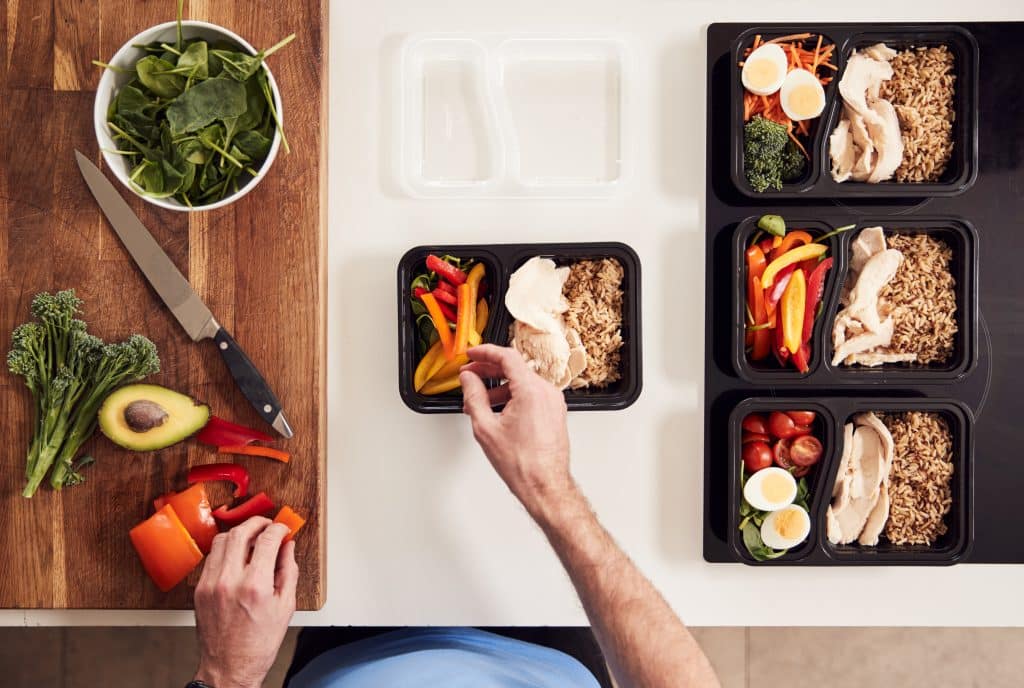
Portion control is the practice of measuring and limiting the amount of food you’re eating at any given time. This can be done by visualizing portions such as with plates or containers, counting calories, weighing foods on a kitchen scale, or using pre-measured cups or spoons. It’s all up to personal preference and implementation—there is no “right” way to measure portions. The goal is simply to be aware of how much you’re eating so that you don’t go overboard with calories or unhealthy snacks and treats.
Why Is Portion Control Important?
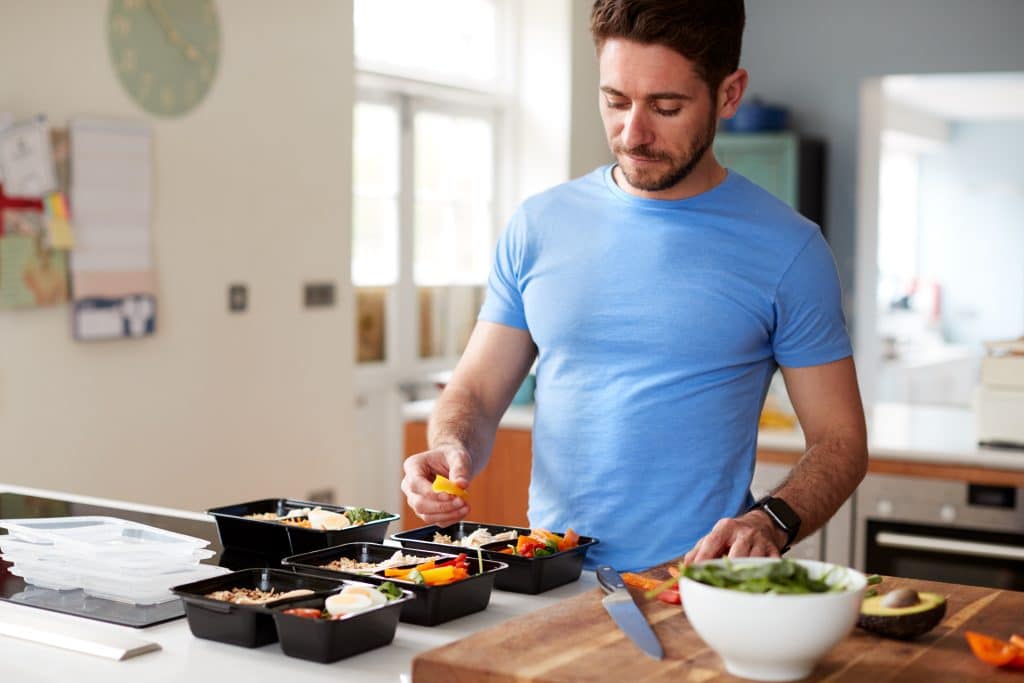
Maintaining proper portion sizes is key for anyone looking to lose weight or improve their overall health. If you’re consistently eating too much at each meal, it can contribute significantly to weight gain over time. Plus, if you’re not getting enough variety from big meals (or meals with too many extra calories), your body may not get the essential nutrients it needs for optimal functioning. Lastly, following a proper portion control plan can help reduce the stress associated with having uncontrolled cravings for unhealthy snacks between meals.
Guidelines For Controlling Your Portions
Controlling your portions doesn’t require major life changes–it’s all about making mindful decisions about what and how much you’re putting on your plate! Here are some simple tips for controlling portions:
Use Smaller Dishes
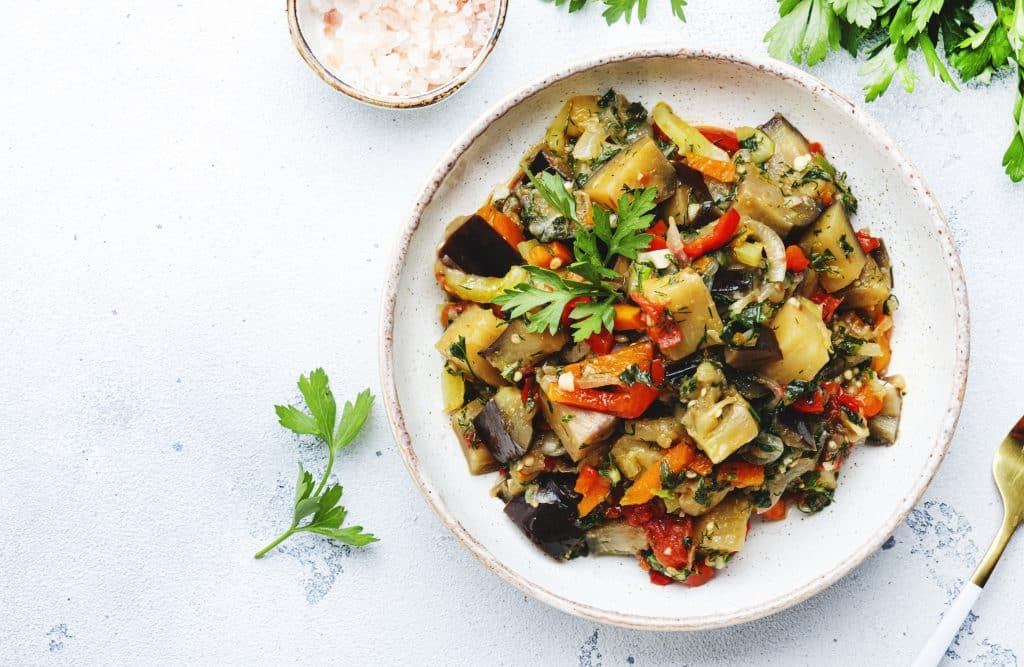
It can be difficult to avoid reaching for seconds or thirds when there’s temptation all around, especially if you’re already full. A handy trick to help with portion control is to scale down the size of the dishes you’re using! Using smaller plates, bowls, and cups means having less space for food. This helps you limit how much you allow yourself at each meal, ultimately helping to manage your machine intake more successfully.
Not only does this make it easier to achieve your dietary goals, but it also helps reduce food waste in the kitchen. Give this method a try–it may just be the key to making a difference in your health and daily routine!
Eat Slowly

Eating slowly has been demonstrated to significantly increase satiety levels while consuming food and reduce overall caloric intake. Research has shown that the time it takes to consume a meal is directly linked to decreased intake; if you take 20 minutes to eat your meal, you are likely to eat fewer calories than if it took you only 10 minutes.
Furthermore, slowing down your eating can help provide a greater appreciation for the meals you eat – savoring each bite rather than inhaling your food can improve your relationship with eating and satisfaction from food. Thus, eating slowly gives you greater portion control and a level of gratitude toward what nourishes you daily.
Drink Water Before Eating

As simple as it may sound, drinking water before meals can be an easy and effective tool for reducing portion sizes. Not only does drinking more water help keep you hydrated, but it also reduces your appetite — causing you to eat less. The result? You may still enjoy a fulfilling meal while potentially cutting calories.
Rather than feeling guilty after overindulging in a meal, why not put a glass of water between you and the temptation? Numerous health experts have studied this trick, and the research supports it as an efficient way of controlling hunger and portion size. Incorporating this strategy into your daily regimen may be a step toward achieving sound nutrition goals.
Measure Ingredients

Learning to accurately measure your ingredients is another essential skill for anyone looking to better control their portions. Being aware of how much you’re eating can make a big difference in staying healthy and fit. Paying attention to portion sizes also helps with budgeting since you can ensure that no extra ingredients are being purchased or thrown away – every bit matters.
Measuring your ingredients can be time-consuming, but the results are often worth it in the long run. It may take some practice, but eventually, meal preparation will become second nature, allowing for greater precision and ease of portion control.
Check Food Labels

Similarly to measuring ingredients, reading food labels can also help with portion control. Labels provide useful information about the contents of a product, including fat content, sodium levels, and calorie counts. This knowledge can be used to make educated decisions about what you’re putting in your body and how much you should eat.
Having a better understanding of nutrition labels allows you to narrow down your food choices so that you can select healthier options with fewer calories and other potentially harmful substances. By keeping an eye on the nutrition facts panel of any product you buy, you’re well on your way to controlling portions and maintaining a healthy lifestyle.
Serving Sizes To Follow
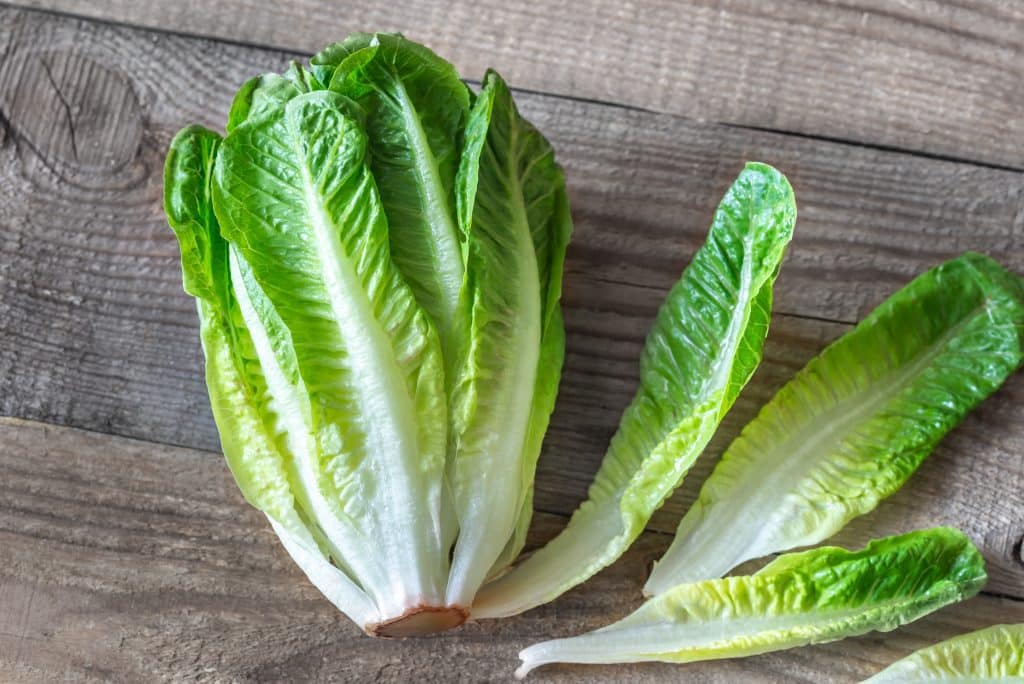
It’s essential to keep in mind the recommended serving size for each item you consume; here are some general guidelines for different types of foods:
- Fruits & Vegetables – ½ cup cooked vegetables/fruits per serving OR 1 medium piece raw vegetable/fruit per serving.
- Starches (rice/pasta) – ½ cup cooked per serving.
- Meat & Fish – 2–3 ounces cooked per meal (about the size of a deck of cards)
- Dairy – 1 cup of milk/yogurt per serving OR 2 slices of cheese per serving.
- Oil & Fats – 1 teaspoon of oil or butter per serving.
- Snacks & Sweets – Aim for a snack-size portion of no more than 200 calories.
Key Points To Remember When Controlling Your Portions
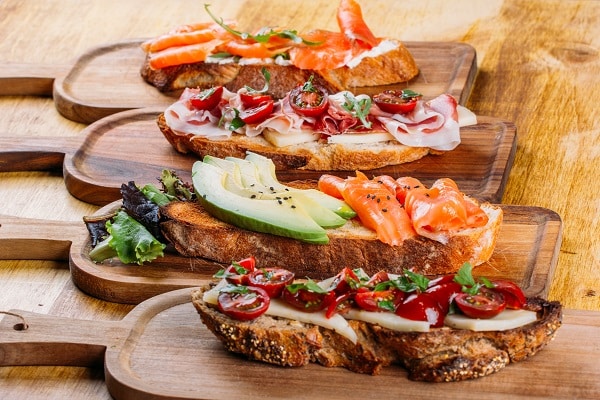
By understanding and following these basic tips for controlling portion sizes and incorporating them into daily practices could lead to healthier diets in both short-term and long-term scenarios! Here are some key points worth remembering when managing portions:
- Don’t rely on package labels alone; use visual cues like hands or plates/bowls, so precise measurements aren’t always needed.
- Slow down while eating; pay attention to hunger signals, so that impulse “grazing” behavior isn’t encouraged.
- Don’t deprive yourself; tiny indulgences in moderation are perfectly valid options if they fit within your plan.
- Only eat until full; once satisfied, stop consuming additional food regardless if there’s still room left on the plate/container.
Follow This Guide To Portion Control!
Learning portion control doesn’t have to be a difficult task! With the right tools and techniques, you can easily manage how much food you consume daily. These strategies and tips can help you make better-informed decisions about your diet and help you stay on track with your nutrition goals. Implementing portion control into your lifestyle as a routine may take some practice, but with dedication and perseverance, it won’t be long until it becomes second nature!


